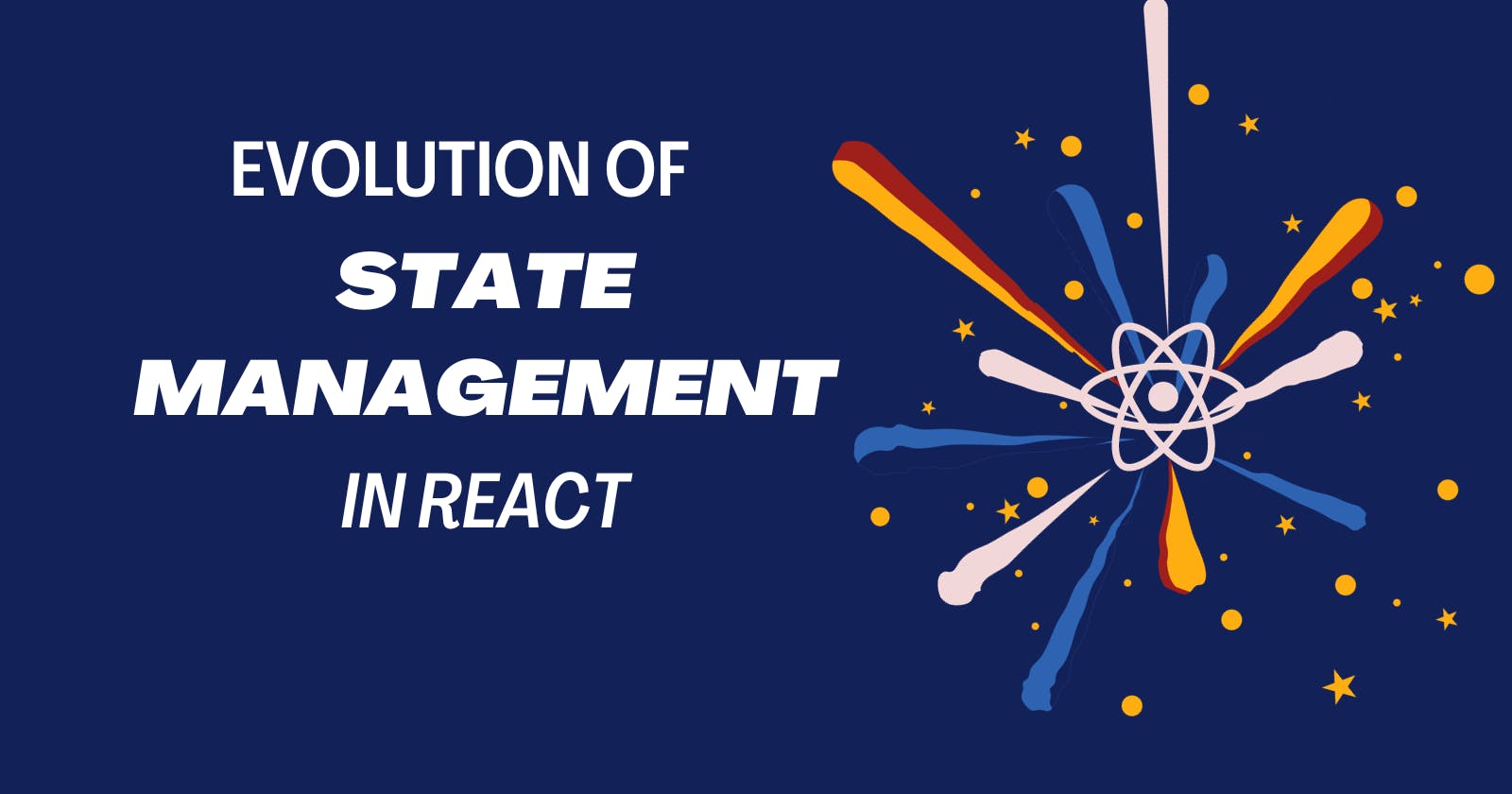Introduction
React has revolutionized the way we build web applications. One cornerstone of its design is the concept of state management. This is crucial, as the state determines the behavior and presentation of React components. Over the years, React developers have witnessed an evolution in state management strategies from Flux to Redux, and more recently, to Hooks. Let’s journey through this progression to understand where we are and where we might be heading.
Section 1: The Birth of Flux
React introduced the idea of unidirectional data flow with Flux. In the Flux pattern, the state is stored in stores, and actions trigger changes. A dispatcher coordinates these actions, ensuring orderly state updates. This made state changes predictable and easy to trace.
However, as applications grew, developers struggled with the boilerplate and complexity that came with Flux. Managing multiple stores and dispatchers became cumbersome, and the community began to seek a more streamlined approach.
Section 2: The Rise of Redux
Redux emerged as a hero for many developers. It provided a single source of truth for application state, with clear rules for updating that state via reducers and actions. Redux's core principles — single source of truth, state is read-only, and changes are made with pure functions — resonated with the need for simplicity and predictability.
Redux also facilitated the creation of middleware, enabling developers to extend its capabilities. The Redux DevTools became an indispensable tool for time-travel debugging and state exploration. Despite its initial acclaim, Redux introduced its own complexities, such as boilerplate code and elaborate setup requirements.
Section 3: Enter Context API and Hooks
The Context API and Hooks addressed many pain points associated with Redux. Context provided a way to share values like state between components without having to explicitly pass a prop through every level of the tree. Hooks, introduced in React 16.8, allowed functional components to manage state with useState and handle side-effects with useEffect.
The useReducer Hook brought a Redux-like reducer ability to components, while useState offered a simpler, more direct way to handle component state. This made state management more accessible and integrated within components, without the need for external libraries.
Section 4: Comparing Patterns
When comparing Flux, Redux, and Hooks, it's clear that each has its strengths. Flux started the conversation on unidirectional data flow. Redux streamlined it into a scalable architecture. Hooks made state management more component-centric and less verbose.
Each pattern has scenarios where it shines. Flux is rarely used in new projects, but its architecture informed many state management solutions. Redux is still favored in large applications where its predictability and ecosystem are unmatched. For simpler use cases or projects where additional libraries are a concern, Hooks provide a sufficient and elegant solution.
Section 5: State Management in Large Applications
Large applications pose unique challenges for state management. As the complexity of the application grows, so does the need for a robust state management solution. Redux has been the go-to for such scales, often supplemented with libraries like Redux-Saga or Redux-Thunk.
Context combined with Hooks has started to see more adoption in larger applications, especially when coupled with performance optimizations and state partitioning strategies. Nevertheless, Redux's middlewares and dev tools still hold strong when it comes to enterprise-level React applications.
Section 6: Future Trends
The future of state management in React is as dynamic as the ecosystem itself. With the advent of concurrent features and server components, React is poised to introduce new patterns and practices.
Suspense for data fetching and the emerging React Server Components will likely influence state management. Developers should keep an eye on RFCs and experimental features, as these could pave the way for the next big shift in how we manage state in React applications.
Conclusion
The landscape of state management in React is a testament to the community's continuous search for better patterns. From Flux to Hooks, each evolution has brought new insights and tools. As we embrace the current trends, we should also remain flexible and curious about the innovations that lie ahead.
I invite you to dive into each of these patterns, experiment, and choose the one that best fits your project’s needs. And if you’ve already been working with these tools, share your experiences in the comments below. What works for you? What doesn't? Let's continue to learn from each other’s journeys in the ever-evolving world of React state management.
